A two-year-old girl hands her father a cookie to hold while she splits a pea pod. The earth is mounded under the vines, and she sits between the rows eating peas with her fingers.
In the barn, bins hold oak leaf lettuce and romaine, garlic scapes and early turnips. Students, young parents and a professor talk over a recipe for brownies made with shredded beets.
“So many people have told me it’s their favorite part of living here, the most beautiful place on earth for them,” says Don Zasada, who farms Caretaker Farm in Williamstown with his wife, Bridget.
A stream runs through the middle of the farm, and families play in the water on warm afternoons. He feels a responsibility to deepen that kind of experience, he says, to connect people to the land and to the community.

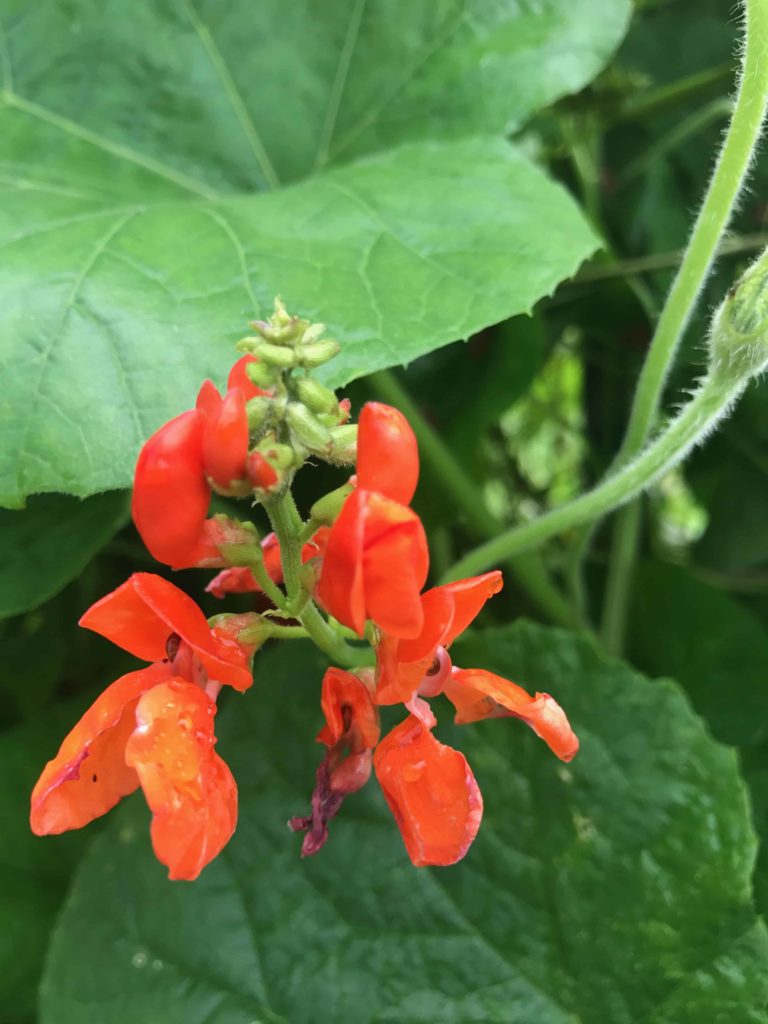
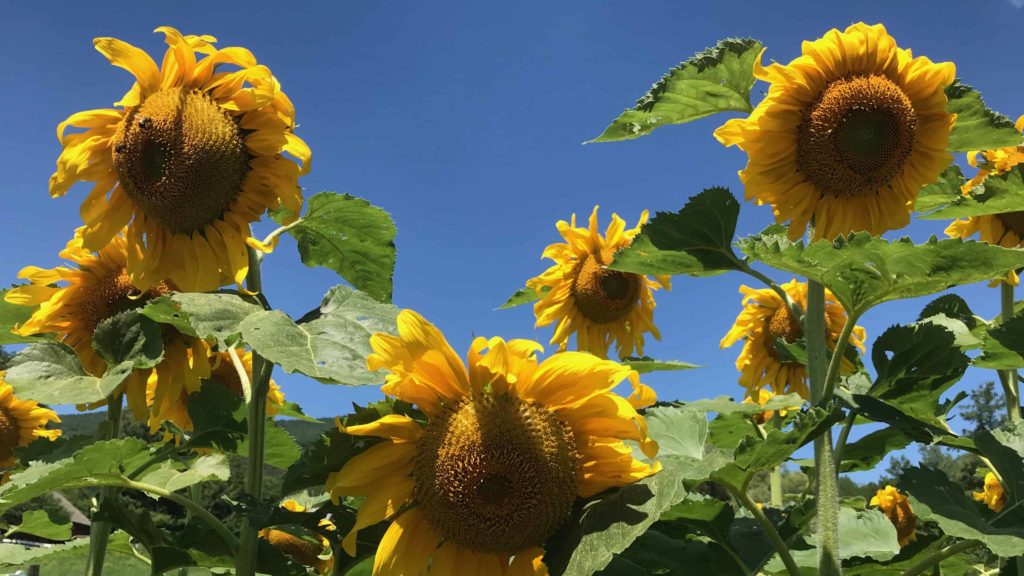
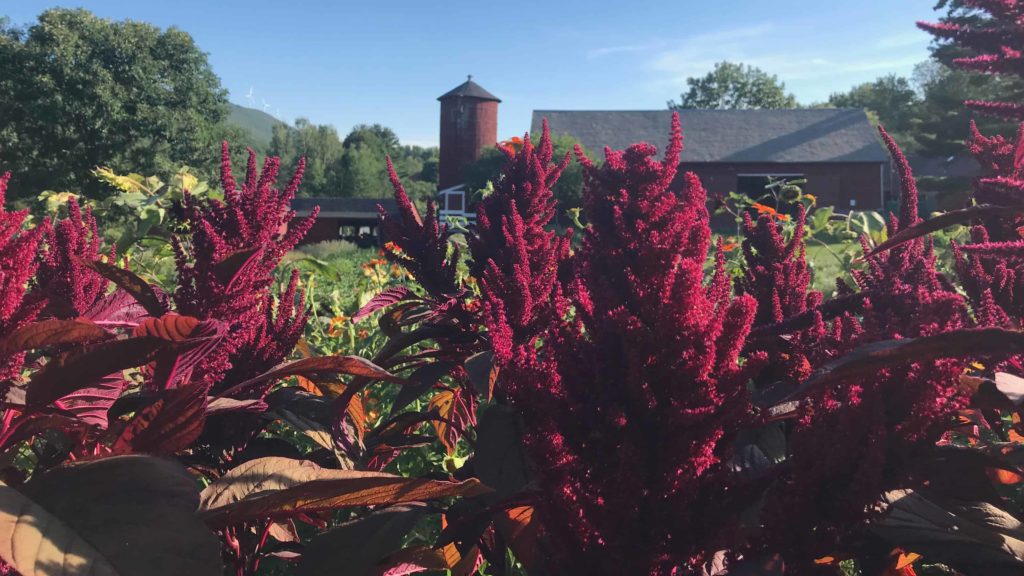
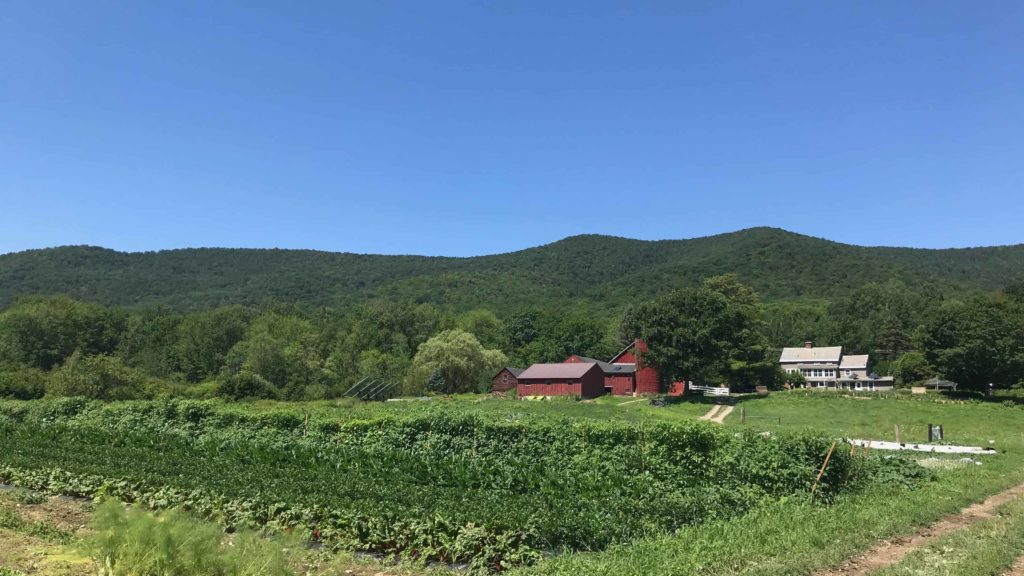
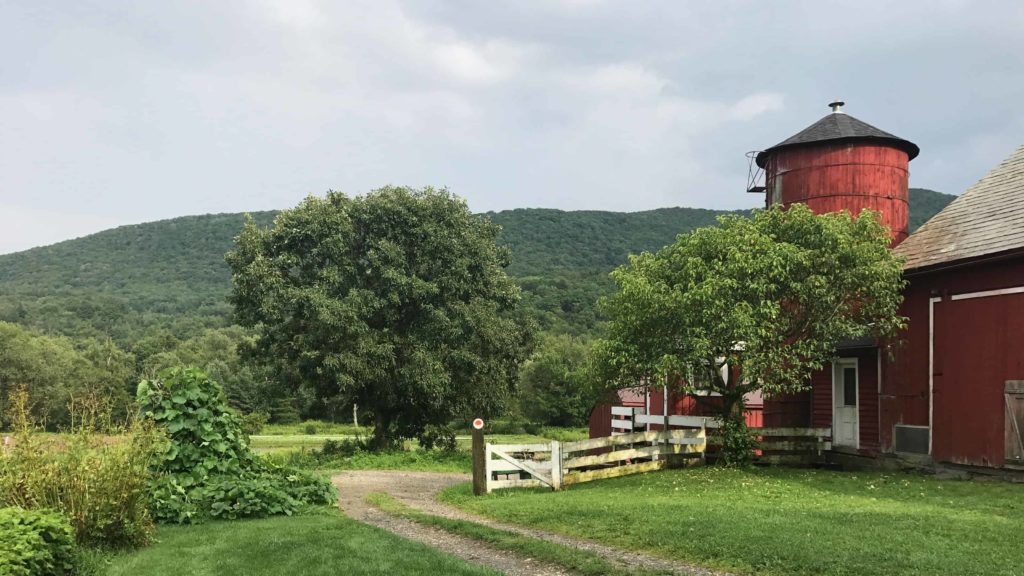
In the Berkshires, the community is responding. Caretaker runs on a Community Sponsored Agriculture (CSA) model. Members buy a share in the spring, paying for a summer and fall of food in advance.
The CSA model has grown and spread here, especially in the last few years.
The Berkshires adopted it early — Indian Line Farm in Sheffield became one of the first CSA farms in the U.S. in 1985. Sam and Elizabeth Smith bought Caretaker as an old dairy farm in 1969, Zasada says, and launched the CSA here in 1991 with 50 members.
Now 270 families come to Caretaker from early summer to late fall, and many of the original 50 founders are still members, including the Smiths, who live nearby.
They do more than come to the farm once a week to fill a bag with greens. At Caretaker, members volunteer in the fields with the farm apprentices. They help in the distribution and harvest beets on a summer afternoon, moving down the rows together, kneeling on the earth, touching the plants, holding the roots in their hands.
“I love the physical nature of the job,” Zasada says. “The challenge is never dull. I love to work with people. The most ideal way to connect with people is through collective work, and (the farm) allows that. … I feel lucky to walk into it every day.”

Salvia feeds honey bees in the pollinator garden at Caretaker Farm.
Many local families seem to agree — the CSA movement in the Berkshires has been growing steadily in the past 20 years. When Don and Bridget came to Caretaker in 2004, he says, it was the only CSA farm in the Northern Berkshires. Now there are many. Some of these farmers learned to farm at Caretaker, and many of them work together now to teach apprentices in the summers.
Barbara Zeutlin recalls five CSAs in the Berkshires when she came to Berkshire Grown as executive director in the same year. Now Berkshire Grown’s farm map shows 17 CSAs in the county and more than a dozen near the borders.
“The way this country grows and promotes local food has changed dramatically,” she says, and she sees the change locally as well.
CSAs have grown in range too — from garden produce at Hancock Shaker Village to cheese at Cricket Creek Farm in Williamstown. Some offer shares in meat, cut flowers and more. Caretaker grows 35 to 40 kinds of vegetables, herbs and fruit in more than 175 varieties — squashes, potatoes and sweet potatoes, peppers and tomatoes. Longtime members joke about taste-testing the carrots on their friends — they come purple as well as orange, and they are many-legged, vigorous and sweet.
“I know the people who eat the food,” Zasada says. “When I’m choosing varieties and seeding, I’m thinking of different faces. And it allows us to focus on growing the food.”

A row of sunflowers glows golden in the fields at Caretaker Farm.
The model has many advantages for him. Because CSA members come to the farm, He does not have to choose varieties that will transport well or last indefinitely. He can choose for taste instead.
It also gives stability. He and Bridget know what their income will be for the season. Often farmers have to take out a loan in winter for seeds, equipment and labor, he says, and then pay back with interest.
Zasada can plan ahead. Many key parts of his job take time: Building up the soil and putting up tunnel houses in the fields to expand the growing season and protect against blight, drought or early frost as the weather has grown more erratic.
The Zasadas fertilize and compost with help from their chickens and pigs, and they combat pests by nurturing the soil and their seedlings and even picking off bugs by hand.
“We don’t spray anything,” he says — no conventional or organic sprays, no fungicides or insecticides, pesticides or chemical fertilizers. “We have 800 people in the fields any day but Sunday … and we want people to feel comfortable putting anything in their mouths.”
Beyond health and flavor, the CSA model has many advantages for the members, he says, including the cost. People would pay twice as much to get this food at a retail outlet. Caretaker also allows members to contribute to shares for low-income families, and in partnership with Berkshire Grown the farm provides weekly shares to the Berkshire Food Project.
At its core, it means people know the place. The members each help at the farm for two hours at least once in the season.
“It’s not for the labor, though it helps,” Zasada says.

Scarlet runner beams bloom in late summer after the rain at Caretaker Farm.
He wants people to know the systems involved in growing their food. He also wants them to know each other. Members help with harvesting and distribution. People have told him they have met new friends here, separating garlic cloves or picking beets on a Saturday morning.
The farm holds events and workshops on canning, pickling, drying, cooking with kids. Don runs volunteer programs with students and community groups. Bridget is in charge of education programs, and she has run classes at Williams College as well.
And each season they train young farmers in an apprenticeship program with a network of 10 farms in the region. Brookfield, Indian Line, Many Forks, Square Roots, Red Shirt Farm and others join together to teach young farmers.
They work on the farm from April to October, from preparing the fields and starting seedlings to the last days of the harvest. And they are long days, Zasada says. They start at 6:30 a.m., as the farmers and apprentices meet on the porch to talk about jobs for the day and about why each task matters, within the season.
Then they will be out in the fields and greenhouses and hoop houses. The apprentices share in animal shores, work in the fields and distribution. They share meals and cook with the onions and greens and roots they raise. And the day ends at 6 p.m.
“It’s intense,” Zasada says. “It’s not a sprint; it’s a marathon. We want to give an honest understanding that this is what it takes to run a small-scale farm. It’s not a romantic view. This is a beautiful place, but a lot goes into the experience.”
After a year in the program, he says, an apprentice can run a 1- or 2-acre farm, and after two years can manage this 30-acre operation.
Caretaker has earned a name for mentoring.
“We’re lucky enough to have been around awhile,” Zasada says.
They may get 70 to 80 inquiries in a normal year and hire three, he says. They can look for apprentices who understand and value the way they run their CSA and want to build strong relationships with farm members.
“(They’re) here because they want to learn how to farm,” he said, “not just how to be a worker but learn how and why to do it, and prioritize hundreds of things that need to be done at once.”
Building these connections and feeling this energy among people of all ages gives him hope.
“I’m incredibly optimistic about the future of small-scale farming,” he says. “It’s an important response to the agricultural situation (in this country today) — not fewer and larger farms but more and smaller ones.”
And he feels lucky to walk out into this one every day.
“I feel so lucky to do something I’m passionate about, something I love, every day,” he said. “… I never know what to say when people say they think it’s beautiful, that it’s one of their favorite places to be. So do I.”
I wrote this story to run in the May 2017 Berkshire Magazine, and I am posting it here with thanks.

